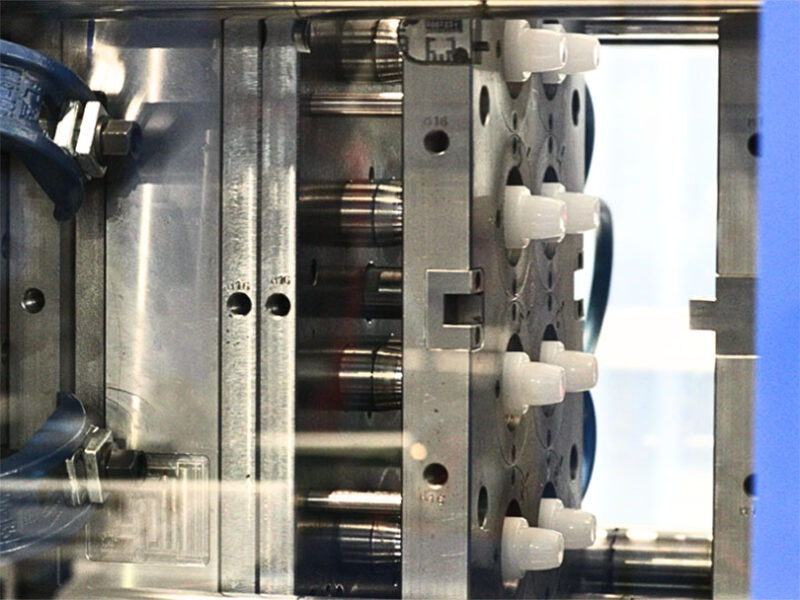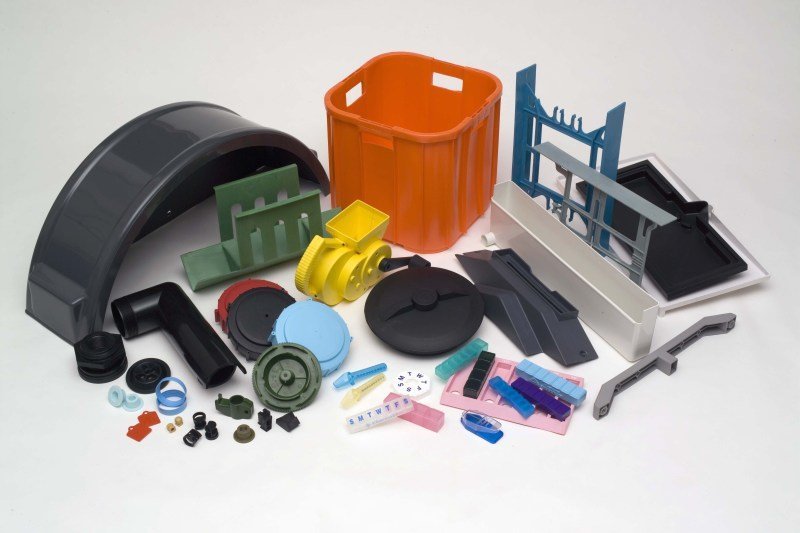The Role of Plastic Injection Molding in Producing Cost-Effective Industrial Components
The Role of Plastic Injection Molding in Producing Cost-Effective Industrial Components
Blog Article
Understanding the Basics of Plastic Shot Molding Processes
Plastic shot molding acts as a foundation of modern-day manufacturing, supplying a systematic approach to generating complicated elements with accuracy. This process not only includes the essential steps of melting and injecting materials into molds but additionally involves a nuanced understanding of different influencing variables, such as temperature and stress. As markets increasingly require efficiency and top quality, the details of this methodology come to be much more critical. Checking out these crucial components might disclose just how even minor changes can bring about considerable renovations in production end results, questioning regarding the capacity for development in this well established procedure.
What Is Plastic Injection Molding?
Plastic injection molding is an extensively utilized manufacturing procedure that changes thermoplastic and thermosetting materials into exact and complex forms. This method is favored for its capacity to generate high volumes of similar parts with exceptional precision, making it an indispensable technique in numerous markets, consisting of auto, durable goods, and clinical tools.
The process entails thawing the chosen plastic product and infusing it into a mold and mildew under high stress. The mold, created to the requirements of the wanted part, enables the liquified plastic to form as it cools down and strengthens. Once the material has set, the mold and mildew is opened up, and the completed element is ejected.
Plastic shot molding supplies numerous advantages, including minimized waste, consistency in manufacturing, and the capacity to include detailed styles that may be testing with various other producing techniques. In addition, it sustains a broad series of products, each supplying one-of-a-kind residential or commercial properties that can be tailored for particular applications. As markets continue to introduce, plastic injection molding remains at the leading edge, enabling the growth of advanced items that fulfill developing customer demands.
The Shot Molding Process
The shot molding procedure is a sophisticated method that entails numerous crucial phases to create high-grade plastic components. Originally, plastic pellets are fed into a heated barrel where they are merged a viscous liquid. This molten plastic is then infused under high stress into a precision-engineered mold and mildew, which shapes the material right into the preferred type.
When the mold and mildew is filled, the plastic is permitted to strengthen and cool, taking the form of the mold cavity. Air conditioning time is essential, as it impacts the cycle time and the final buildings of the molded part. After sufficient cooling, the mold and mildew opens up, and the completed part is expelled utilizing ejector pins.

Materials Made Use Of in Shot Molding
Numerous products can be utilized in the shot molding procedure, each offering distinct properties that satisfy details applications. One of the most typically utilized materials consist of thermoplastics, thermosetting plastics, and elastomers.

Thermosetting plastics, like epoxy and phenolic resins, undergo a chemical modification throughout the treating process, leading to a rigid, go right here stringent structure. These materials are ideal for applications calling for high warmth resistance and structural honesty, typically used in electric insulators and automotive parts.
Elastomers, consisting of silicone and rubber-based materials, give versatility and strength. Their unique residential or commercial properties make them ideal for applications that demand elasticity, such as seals and gaskets.
Additionally, specialized materials like bio-based plastics and compounds are gaining traction for their ecological benefits and improved efficiency attributes, broadening look at here the range of injection molding applications in numerous industries. Recognizing the homes of these materials is important for choosing the suitable type for specific tasks.
Advantages of Shot Molding
Injection molding stands out as an extremely efficient manufacturing procedure that supplies various benefits for generating complex get rid of precision. Among one of the most considerable advantages is the capacity to create detailed designs that would be impossible or tough to achieve with other methods (Plastic Injection Molding). The process permits in-depth features and tight resistances, ensuring high-grade parts
In addition, shot molding is recognized for its rapid production abilities, making it an ideal selection for high-volume production. As soon as the mold is created, components can be generated rapidly, minimizing preparations and raising general performance. This effectiveness not only decreases production costs but likewise provides an affordable side in the marketplace.
The adaptability of materials used in injection molding additionally enhances its appeal. A large range of thermoplastics and thermosetting polymers can be utilized, allowing makers to choose materials that ideal fulfill their particular demands, consisting of toughness, versatility, and warm resistance.
In addition, the process decreases waste, as excess material can usually be reused and reused. This sustainability element contributes to a decreased environmental effect, making shot molding a liable production option. Overall, the advantages of injection molding make it a preferred method for lots of industries.
Aspects Impacting Product Top Quality
While countless elements can affect item high quality in shot molding, recognizing these components is important for achieving ideal outcomes. Key aspects consist of product selection, processing specifications, and mold layout.
Product option plays a crucial role, as different polymers exhibit unique buildings that affect flowability, stamina, and thermal stability. Insufficient material choice can cause flaws such as warping or incomplete dental filling.
Processing parameters, consisting of cycle, temperature, and pressure time, must be meticulously regulated. Variations in these settings can result in incongruities partly measurements and surface coating. Exceedingly high temperature levels may create degradation of the polymer, while poor stress can result in short shots.
Mold style is equally crucial, as it identifies the flow of the molten plastic and the cooling process. Badly designed mold and mildews may result in uneven air conditioning rates, leading to residual anxieties and dimensional errors.

Final Thought
To conclude, plastic shot molding functions as an important manufacturing process that allows the effective production of top quality elements. Mastery of the injection molding procedure, consisting of the understanding of products and the impact of different aspects on product quality, is necessary for attaining ideal results. The advantages of this technique, such as cost-effectiveness and layout versatility, further highlight its value across multiple markets, solidifying its standing as a favored selection for high-volume manufacturing.
Plastic injection molding offers as a foundation of modern-day production, offering a methodical approach to producing complicated elements with precision.Plastic shot molding uses numerous benefits, including lowered waste, consistency in production, and the capability to integrate elaborate layouts that may be testing with other making techniques (Plastic Injection Molding). As industries proceed to introduce, plastic injection molding stays at the forefront, making it possible for the growth of sophisticated products that satisfy straight from the source evolving consumer needs
The shot molding process is a sophisticated technique that entails a number of vital stages to create top quality plastic parts.In conclusion, plastic injection molding offers as an important manufacturing process that makes it possible for the effective production of premium parts.
Report this page